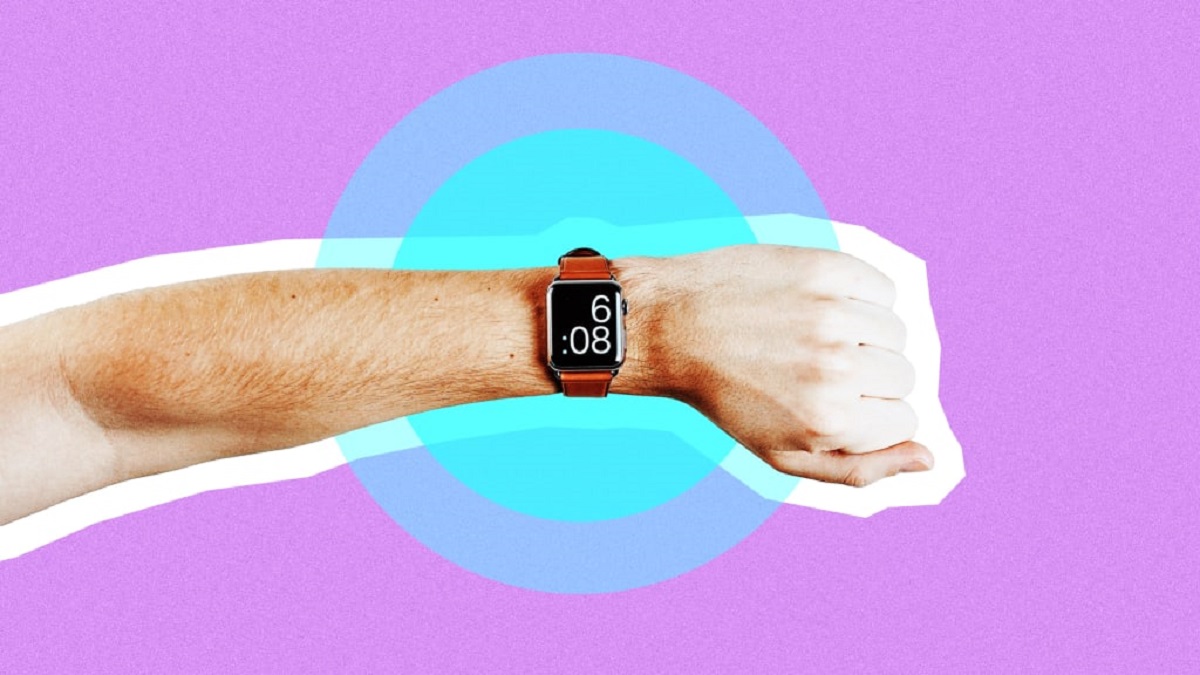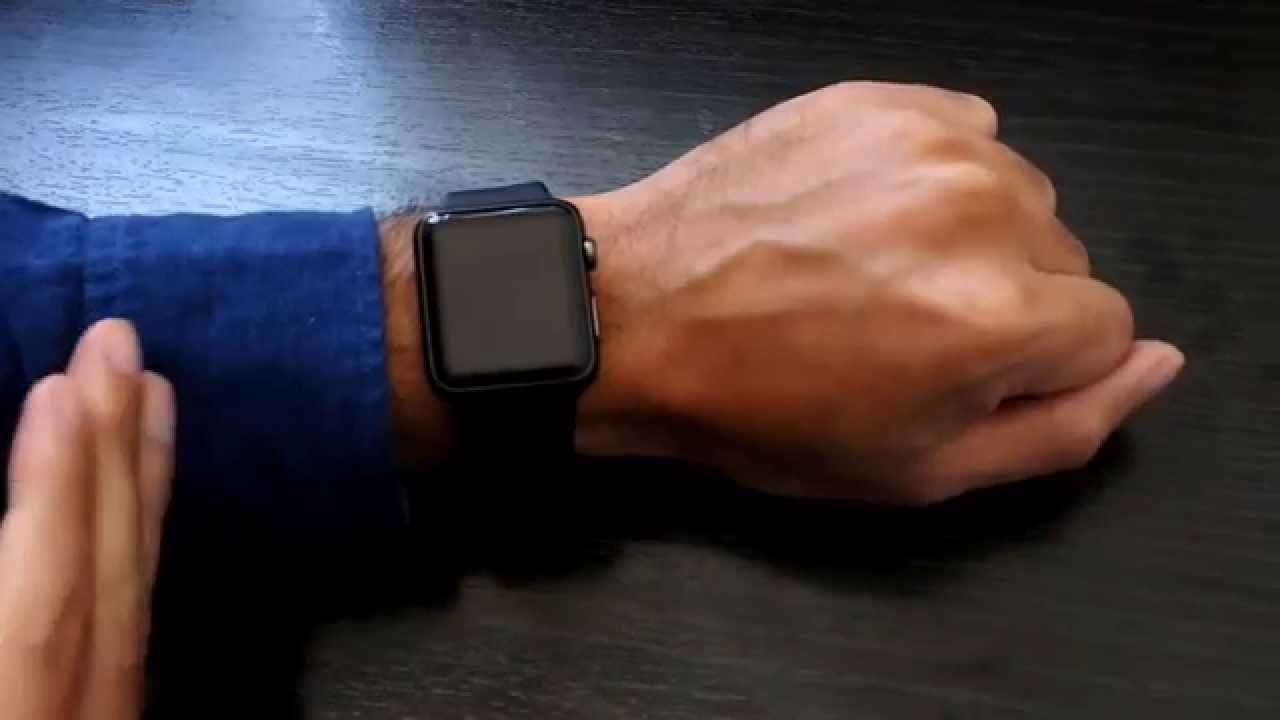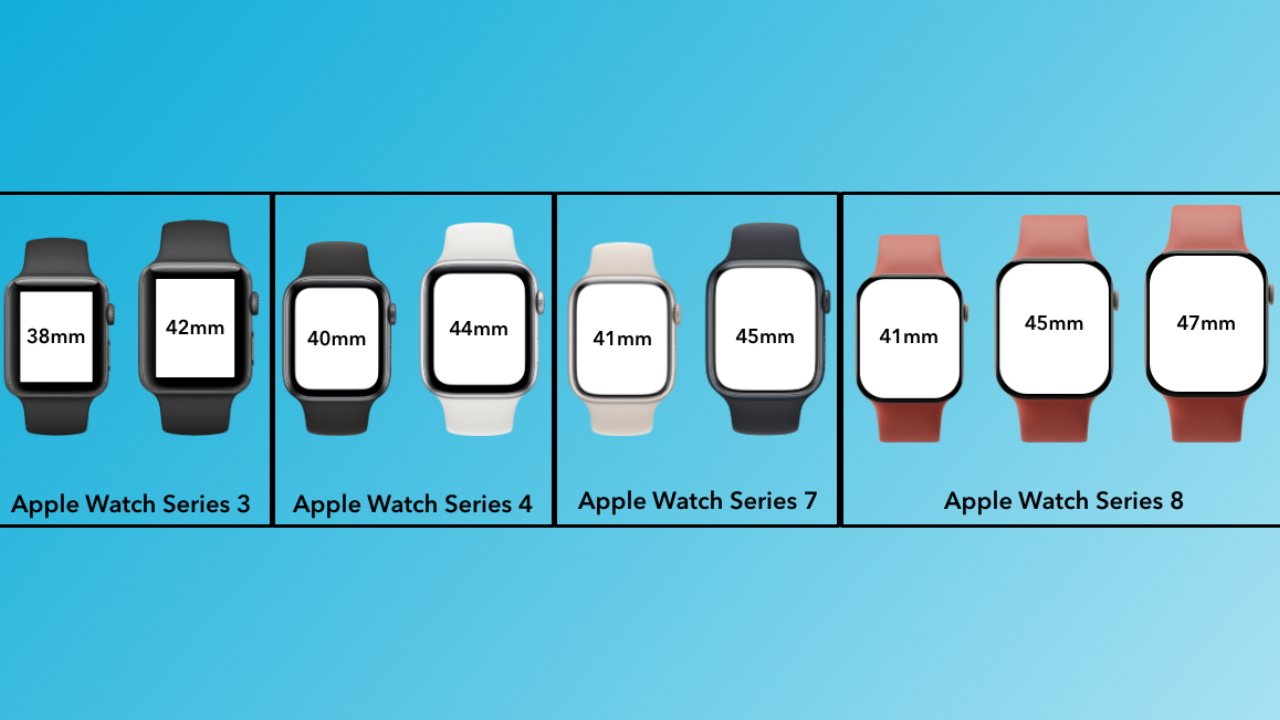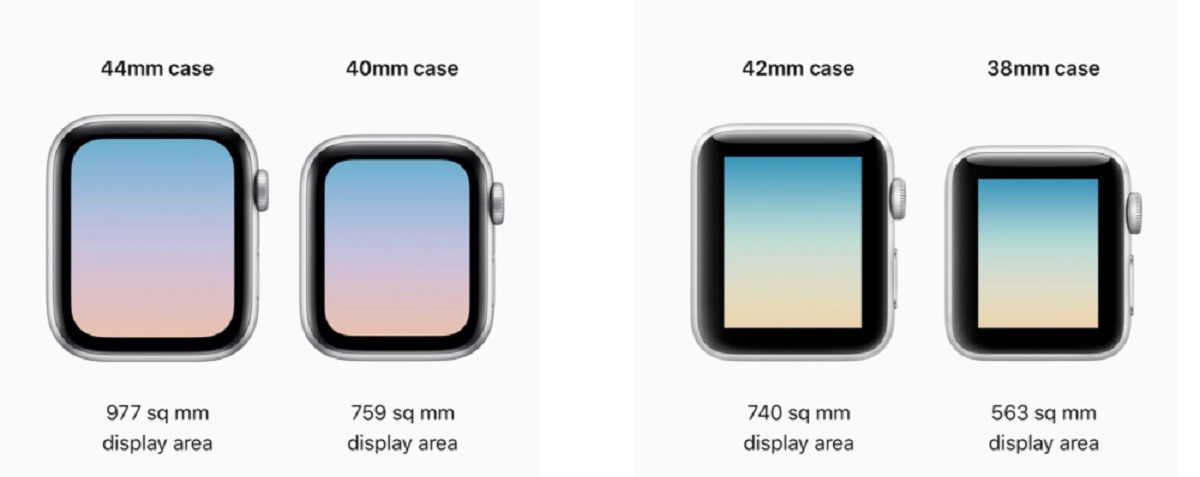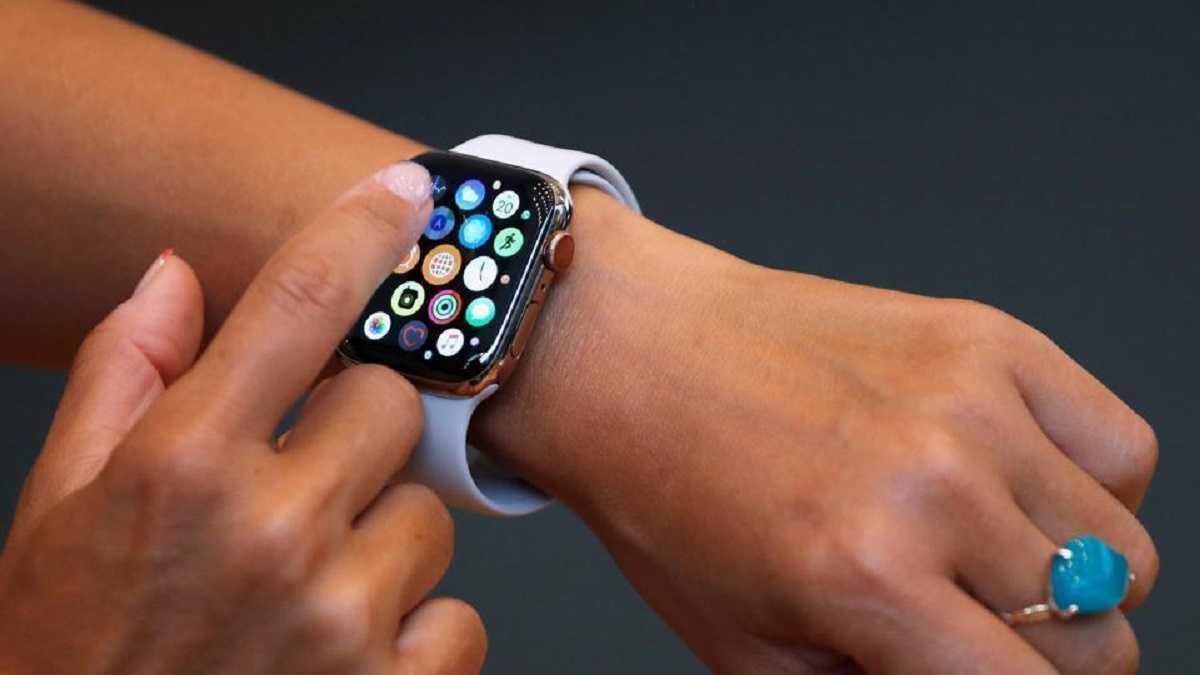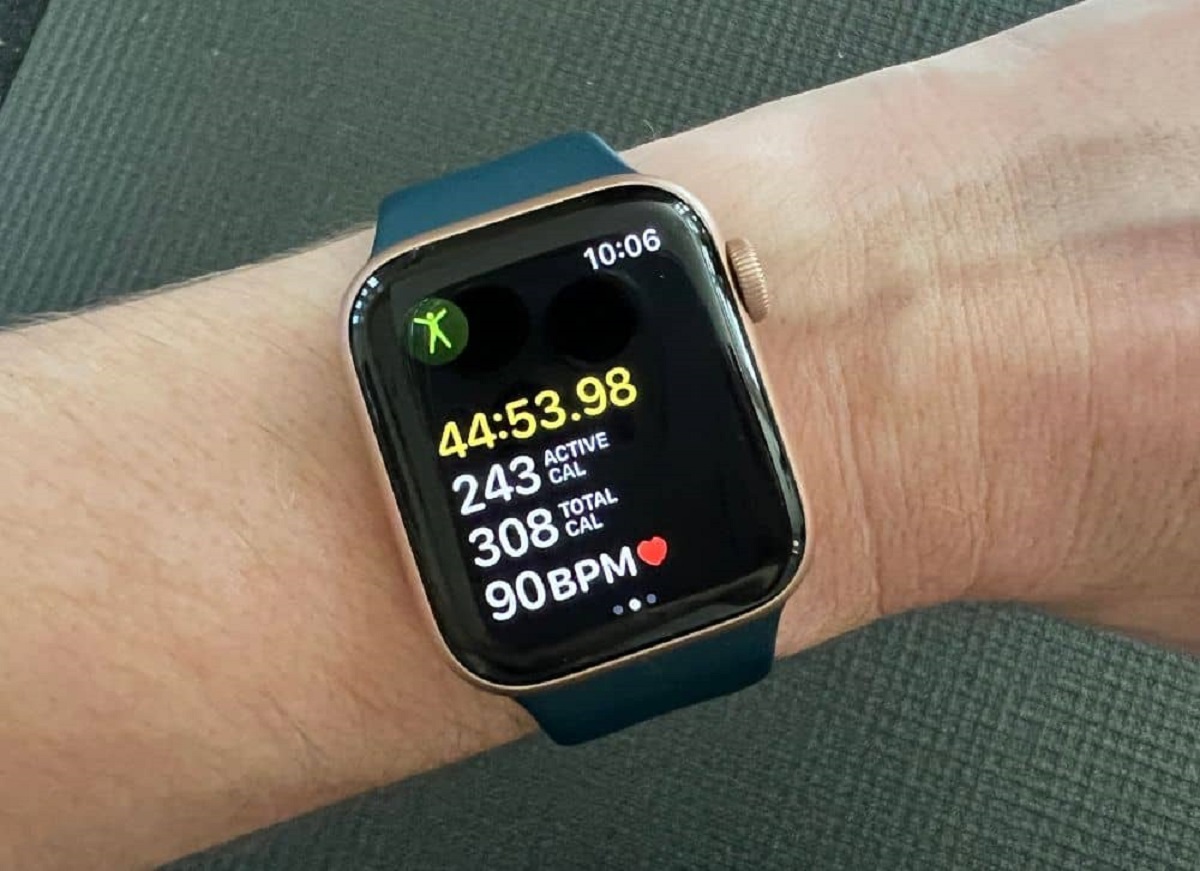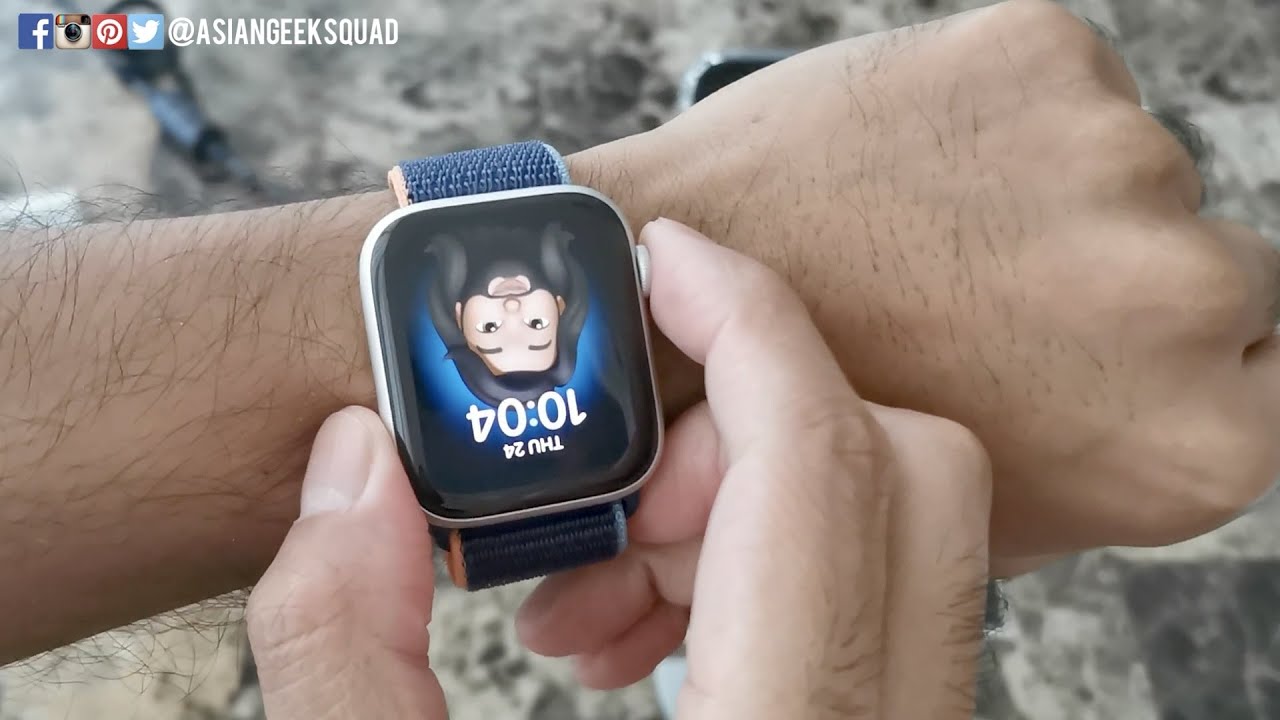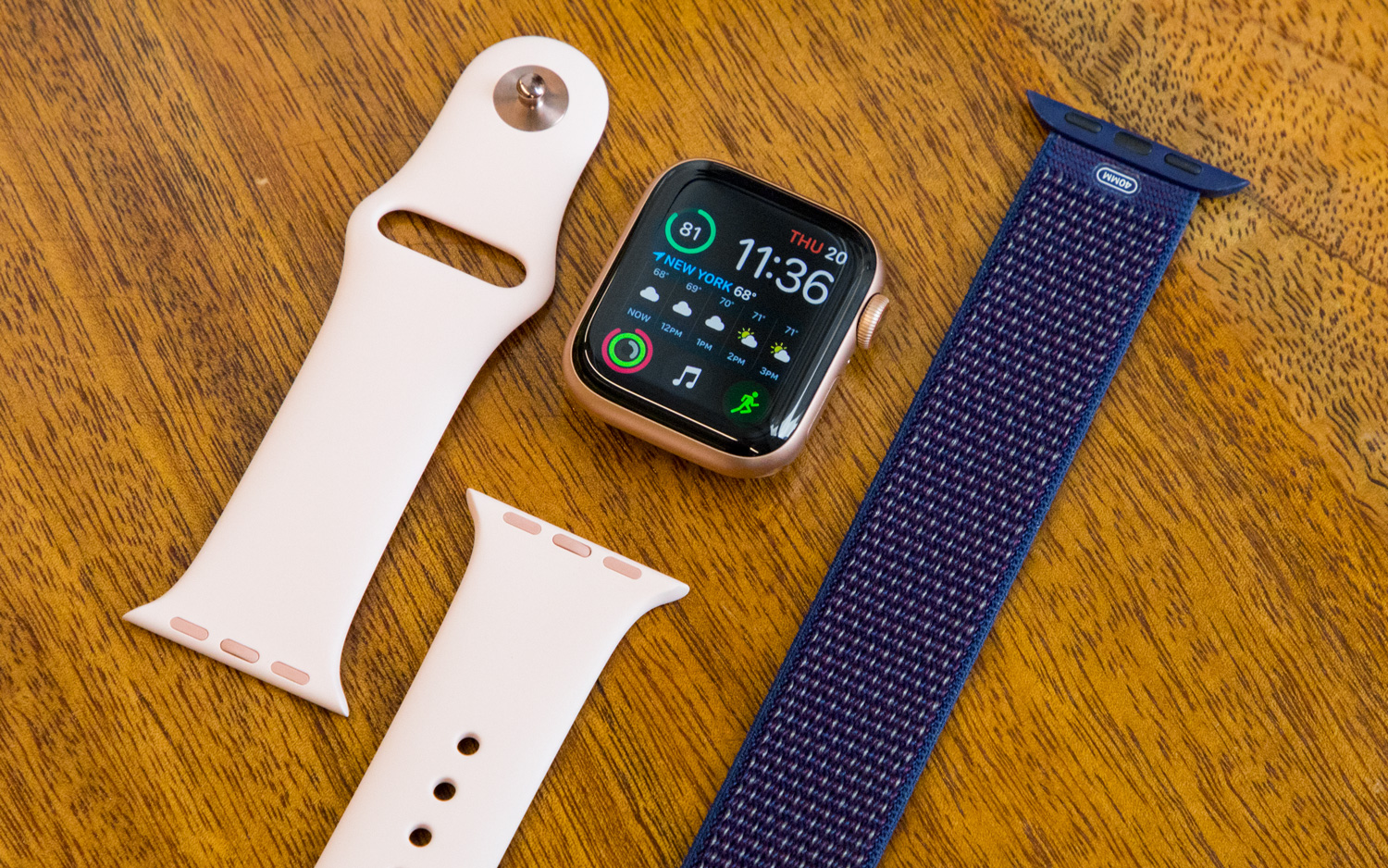Introduction
Welcome to the world of Apple Watch, the stylish and innovative wearable device that has taken the tech industry by storm. With its sleek design, advanced features, and seamless integration with your iPhone, the Apple Watch has become a must-have accessory for tech-savvy individuals and fitness enthusiasts alike.
One of the questions that often arises when it comes to wearing an Apple Watch is which wrist to wear it on. While it may seem like a trivial decision, it can actually have a significant impact on your comfort and usability of the device. In this article, we will explore the factors to consider when deciding which wrist to wear your Apple Watch on.
Keep in mind that there is no one-size-fits-all answer to this question, as every individual has their own preferences and needs. However, understanding the considerations involved can help you make an informed decision that best suits your lifestyle. Whether you are left-handed or right-handed, there are pros and cons to wearing the Apple Watch on either wrist.
So, let’s dive in and explore the world of wrist dominance and how it relates to wearing an Apple Watch. By the end of this article, you will have a better understanding of the factors to consider and be able to make an educated decision on which wrist to wear your Apple Watch.
Wrist dominance and Apple Watch
Before we delve into the specifics of which wrist to wear your Apple Watch on, it’s important to understand the concept of wrist dominance. Wrist dominance refers to the hand that is naturally more proficient and coordinated in tasks requiring fine motor skills. For most individuals, this means that they have a dominant hand, whether it is the right hand or the left hand.
When it comes to wearing an Apple Watch, your wrist dominance can play a role in determining which wrist to wear it on. Many people opt to wear their Apple Watch on their non-dominant wrist, as it allows them to use their dominant hand freely for tasks such as writing, operating a computer mouse, or performing other activities that require more precision.
However, it’s important to note that there is no hard and fast rule when it comes to wrist dominance and Apple Watch placement. Some individuals may find it more comfortable and practical to wear the watch on their dominant wrist, and that’s perfectly fine. Ultimately, the decision should be based on what feels most natural and convenient for you.
Now that we have a basic understanding of wrist dominance, let’s explore the factors to consider when deciding which wrist to wear your Apple Watch on.
Left wrist or right wrist?
When it comes to choosing between the left wrist and the right wrist to wear your Apple Watch, there are a few factors to consider. Let’s take a closer look at each.
Left wrist: Many people prefer to wear their Apple Watch on their left wrist, especially if they are right-handed. This is because wearing the watch on the non-dominant hand allows them to easily perform tasks that require more dexterity with their dominant hand. Additionally, the majority of watches, including traditional analog watches, are traditionally worn on the left wrist. Therefore, if you are used to wearing a watch on your left wrist, it may feel more comfortable and familiar to wear your Apple Watch there as well.
Right wrist: On the other hand (no pun intended), some individuals prefer to wear their Apple Watch on their right wrist. This is particularly true for left-handed people, as it allows them to use their dominant hand freely without any obstruction from the watch. Additionally, wearing the watch on the opposite wrist may provide a change in routine and prevent any potential discomfort that could arise from wearing it on the dominant hand.
Ultimately, the decision of which wrist to wear your Apple Watch on comes down to personal preference and comfort. Some individuals may find that the watch feels more secure on one wrist compared to the other, or that wearing it on a specific wrist better suits their daily activities and lifestyle. It’s also worth noting that the Apple Watch offers customization options to switch the orientation of the display, making it easy to adapt to whichever wrist you choose.
Now that we’ve explored the options, let’s dive into the advantages and disadvantages of wearing an Apple Watch on the left and right wrists.
Factors to consider when deciding which wrist to wear Apple Watch
Choosing which wrist to wear your Apple Watch on is a personal decision that should take into account various factors. Here are some considerations to help you make an informed choice:
Hand dominance: Consider whether you are left-handed or right-handed. If you are right-handed, wearing the Apple Watch on your non-dominant left wrist may be more beneficial as it allows for better freedom of movement with your dominant hand. If you are left-handed, you may prefer to wear the watch on your right wrist for similar reasons.
Daily activities: Think about your daily routine and the activities you engage in regularly. If you frequently use your dominant hand for tasks such as writing, using a computer mouse, or operating tools, wearing the watch on the non-dominant wrist may be more comfortable and less obstructive.
Comfort: Pay attention to how the watch feels on each wrist. Some individuals may find that the watch fits more securely and comfortably on one wrist compared to the other. It’s important to prioritize comfort as you will be wearing the watch throughout the day.
Watch band orientation: Consider the orientation of the watch band. Some Apple Watch bands, such as the Sport Loop or Milanese Loop, have a specific directionality that may influence which wrist the watch feels more comfortable on. Experiment with different bands to find the one that suits your preferred wrist.
Customization options: Take advantage of the customization options provided by the Apple Watch. You can easily switch the orientation of the display, allowing you to adapt the watch to whichever wrist you choose. This flexibility ensures that you can wear the watch comfortably, regardless of your wrist preference.
By considering these factors, you can make a decision about which wrist to wear your Apple Watch on that enhances your comfort and usability of the device. Remember, there is no right or wrong answer; it ultimately depends on your personal preferences and needs.
Advantages of wearing Apple Watch on the left wrist
Wearing your Apple Watch on the left wrist can offer several advantages. Let’s explore some of the benefits:
1. Compatibility with traditional watch-wearing habits: If you are used to wearing a traditional watch on your left wrist, transitioning to wearing the Apple Watch on the same wrist can feel more natural and familiar.
2. Enhanced dexterity for right-handed individuals: Since the majority of people are right-handed, wearing the Apple Watch on the left wrist allows for better freedom of movement and dexterity with the dominant right hand. This can be beneficial for tasks that require precision, such as writing or using a computer mouse.
3. Better compatibility with right-handed gestures: The Apple Watch incorporates a range of gestures, such as tapping, swiping, and scrolling. Wearing the watch on the left wrist can make these gestures more comfortable and intuitive for right-handed users.
4. Reduced obstruction during physical activity: If you engage in physical activities that involve your dominant hand, such as sports or exercising, wearing the Apple Watch on the left wrist can minimize any obstruction or discomfort caused by the watch.
5. Improved comfort for desk work: If you spend a significant amount of time working at a desk or using a computer, wearing the Apple Watch on the left wrist can prevent it from interfering with your dominant hand’s movement on the mouse or keyboard.
It’s important to note that these advantages may not apply to everyone, as individual preferences and needs can vary. Some people may find that wearing the Apple Watch on the right wrist is more comfortable or better suited to their daily activities. Ultimately, it’s about finding the wrist placement that feels most natural and convenient for you.
Advantages of wearing Apple Watch on the right wrist
While many individuals prefer to wear their Apple Watch on the left wrist, there are several advantages to wearing it on the right wrist. Let’s explore some of these benefits:
1. Compatibility for left-handed individuals: If you are left-handed, wearing the Apple Watch on your right wrist allows you to use your dominant hand freely without any obstruction from the watch. This can be particularly beneficial for activities that require fine motor skills.
2. Change in routine: Wearing the Apple Watch on the right wrist can offer a change in routine for individuals who are used to wearing a traditional watch on their left wrist. This change can add variety and prevent potential discomfort that may arise from wearing a watch on the dominant hand.
3. Improved comfort for left-handed gestures: The Apple Watch incorporates various gestures that may feel more comfortable and intuitive when performed with the left hand. Wearing the watch on the right wrist allows left-handed individuals to perform these gestures without any hindrance.
4. Enhanced usability during physical activities: If you engage in physical activities that require coordination and use of the dominant left hand, such as playing certain sports, wearing the Apple Watch on the right wrist can prevent any interference or discomfort caused by the watch.
5. Convenience for desk work: If you spend a significant amount of time working at a desk or using a computer, wearing the Apple Watch on the right wrist can allow for smoother movement of the dominant left hand on the mouse or keyboard without any obstruction from the watch.
It’s important to remember that the decision of which wrist to wear the Apple Watch on ultimately depends on personal preference and comfort. Some individuals, regardless of being left-handed or right-handed, may find that wearing the watch on the left wrist works best for them. As with any wearable device, finding the most comfortable and convenient placement is key to making the most out of your Apple Watch experience.
Disadvantages of wearing Apple Watch on the left wrist
While there are advantages to wearing the Apple Watch on the left wrist, there are also potential disadvantages to consider. Let’s explore some of the drawbacks:
1. Interference during right-handed tasks: If you are right-handed, wearing the Apple Watch on the left wrist may cause slight interference during activities that require precise movements with the dominant hand. It can take some time to adjust to this obstruction and finding a comfortable position for your hand.
2. Limited compatibility with left-handed gestures: The Apple Watch relies on various gestures, such as tapping and swiping, that may require more effort or feel less intuitive when performed with the non-dominant left hand. This can potentially impact the overall user experience for left-handed individuals.
3. Disruption during physical activities: Depending on the type of physical activity you engage in, wearing the Apple Watch on the left wrist can cause discomfort or interfere with the movement of the dominant right hand. This may be particularly noticeable during sports or exercises that involve significant arm movements.
4. Possible discomfort for desk work: If you spend long periods of time working at a desk or using a computer, wearing the Apple Watch on the left wrist can cause slight discomfort or restrict the movement of your right hand on the mouse or keyboard. This may require adjustments in positioning to ensure optimal comfort.
5. Potential deviation from traditional watch-wearing habit: If you are accustomed to wearing watches on your right wrist, transitioning to wearing the Apple Watch on the left wrist may take some getting used to. This change can feel unfamiliar and may require adjustment periods before feeling completely comfortable.
While these disadvantages exist, it’s important to remember that they may not be significant issues for everyone. Each individual’s comfort and preferences play a crucial role in deciding which wrist to wear the Apple Watch on. Ultimately, it’s a matter of finding the balance between convenience, comfort, and personal habits.
Disadvantages of wearing Apple Watch on the right wrist
While some individuals may find it more comfortable to wear the Apple Watch on the right wrist, there are a few potential disadvantages to consider. Let’s explore these drawbacks:
1. Compatibility with traditional watch-wearing habits: If you are used to wearing a traditional watch on your left wrist, transitioning to wearing the Apple Watch on the right wrist may feel unfamiliar and require an adjustment period.
2. Reduced dexterity for right-handed individuals: For those who are right-handed, wearing the Apple Watch on the right wrist may cause slight interference during tasks that require fine motor skills with the dominant hand. This can potentially impact precision actions, such as writing or using a computer mouse.
3. Limited compatibility with right-handed gestures: Since the majority of people are right-handed, wearing the Apple Watch on the right wrist can make certain gestures, such as tapping and swiping, feel less intuitive when performed with the non-dominant left hand.
4. Potential discomfort during physical activities: Depending on the type of physical activity, wearing the Apple Watch on the right wrist may cause discomfort or interfere with the movement of the dominant left hand. This may be noticeable during sports or workouts that involve extensive arm movements.
5. Interference during desk work: If you spend a significant amount of time working at a desk or using a computer, wearing the Apple Watch on the right wrist may cause slight discomfort or restrict the movement of your left hand on the mouse or keyboard. Adjustments may be needed to ensure optimal comfort.
It’s important to remember that these disadvantages are subjective and may not apply to everyone. Individual preferences, habits, and comfort levels should be taken into account when deciding which wrist to wear the Apple Watch on. Experimenting with both wrists and listening to your body’s feedback can help determine the best placement for your Apple Watch.
Conclusion
When deciding which wrist to wear your Apple Watch on, it’s important to consider various factors, including hand dominance, daily activities, comfort, and personal preferences. There is no one-size-fits-all answer, as each individual may have different needs and preferences.
For many right-handed individuals, wearing the Apple Watch on the left wrist can offer advantages in terms of improved dexterity, compatibility with right-handed gestures, and familiarity with traditional watch-wearing habits. On the other hand, left-handed individuals may find that wearing the watch on the right wrist allows for better freedom of movement and comfort during daily activities.
It’s essential to prioritize comfort when making your decision. Consider how the watch fits on each wrist, how it interacts with your dominant hand, and whether it hinders your movements during physical activities or desk work. Additionally, take advantage of the customization options provided by Apple to adapt the watch to your preferred wrist.
Remember, your personal preference and comfort should guide your choice. If you find that your initial placement doesn’t feel quite right, don’t hesitate to experiment and try wearing the Apple Watch on the opposite wrist. Ultimately, the goal is to find the configuration that enhances your comfort, usability, and enjoyment of the device.
So, whether you choose to wear the Apple Watch on your left wrist or your right wrist, embrace the functionality and style it brings to your everyday life. Enjoy the convenience and multitude of features this remarkable device offers, and make the most out of your Apple Watch experience.







